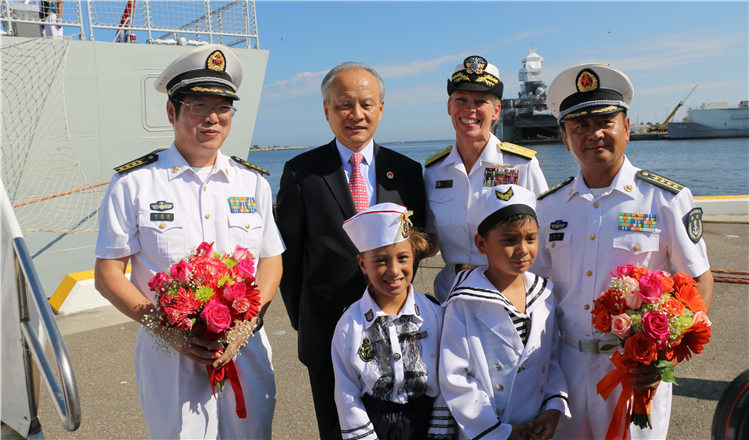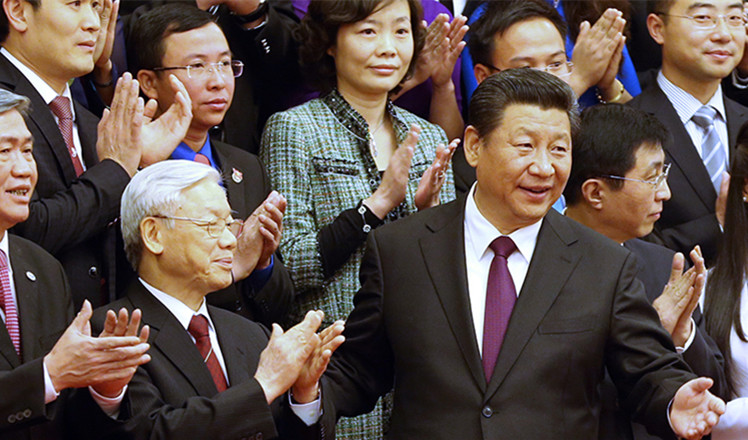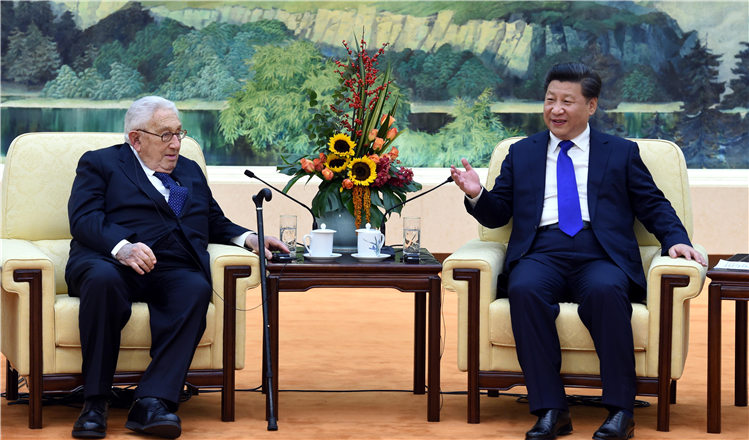US schools go East with campuses
Updated: 2015-10-09 11:19
By Jack Freifelder(China Daily USA)
|
||||||||
Educational exchanges
On June 19 during a visit to the Confucius Institute at the University of Pittsburgh in a meeting with university officials and Pittsburgh Mayor William Peduto, Liu Yandong, China's vice-premier, stressed the importance of educational exchange between China and the US at all levels.
After Pittsburgh, Liu stopped in Houston, Texas. During a June 22 keynote address for the US-China University Presidents Roundtable at Rice University, Liu emphasized people-to-people exchanges between China and the US and the role of universities.
"Universities are pioneers for people-to-people exchange between our countries, and [they] act as pioneers for human progress," Liu said. "They are where different ideas and cultures meet and merge with each other, and also the binding force for China-US relations."
Chyu, with Pitt, said: "Every university has different objectives when they're doing this type of collaboration - both from the US and the Chinese side. The bottom line is everyone is trying for better programs policy-wise."
Simon of DKU said: "China has become more globally engaged, and as a result there's a greater willingness to look into things like a liberal arts university. There's a willingness to experiment. That wasn't always the case."
Kinser said his team sees more proposed campuses by US schools in China on the horizon, "so the trend is not slowing appreciatively".
"But the trend is likely toward more joint programs and campuses that focus on research connections, in addition to stand-alone educational institutions," he said.
As for US-based colleges and universities enrolling Chinese students, Kinser said as their ability to enroll domestic students decreases they are looking to overseas students who can afford the tuition.
In the 2013-14 academic year, 886,052 international students studied at US colleges and universities, an 8.1 percent increase year-over-year according to IIE, and students from China accounted for nearly 31 percent of that total, 274,439.
China became the No 1 country sending students to the US in the 2009-2010 school year, and it has maintained that position with seven years of double-digit increases, according to IIE.
But Kinser said part of the challenge with schools looking for students from China is that many have "banked their finances" on China continuing to funnel students to US universities.
"As China continues to build its capacity by building these [US] partnerships, it is increasingly able to educate its own students according to Western quality standards," Kinser said. "At the same time, it is maintaining educational sovereignty, and there might be a turning point."
"Right now Chinese students represent something like a third of all globally mobile students," Kinser said. "It might continue for a while longer, it certainly can't continue until perpetuity. So what happens when China stops providing all these international students?"
Contact the writer at jackfreifelder@chinadailyusa.com

 PLA Navy fleet pays visit to Florida
PLA Navy fleet pays visit to Florida
 Peace Ark docks at San Diego
Peace Ark docks at San Diego
 Clinton calls for US minimum wage increase to $12 an hour
Clinton calls for US minimum wage increase to $12 an hour
 High-level exchanges between China and Vietnam
High-level exchanges between China and Vietnam
 Photographer presents 'aristopets'
Photographer presents 'aristopets'
 Photograph portraying Chinese fishermen wins top prize
Photograph portraying Chinese fishermen wins top prize
 World's top 10 economies for doing business
World's top 10 economies for doing business
 Xi: new chances for Sino-US ties
Xi: new chances for Sino-US ties
Most Viewed
Editor's Picks

|

|

|

|

|

|
Today's Top News
Tu first Chinese to win Nobel Prize in Medicine
Huntsman says Sino-US relationship needs common goals
Xi pledges $2 billion to help developing countries
Young people from US look forward to Xi's state visit: Survey
US to accept more refugees than planned
Li calls on State-owned firms to tap more global markets
Apple's iOS App Store suffers first major attack
Japan enacts new security laws to overturn postwar pacifism
US Weekly

|

|








